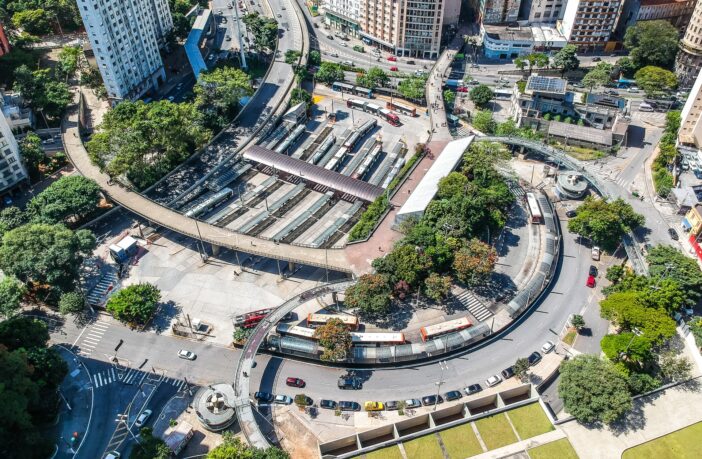One of the big issues that COP26 in Glasgow in the autumn will surely address is the way that cities are responsible for so much of the world’s carbon emissions.
Recent research puts that figure at about 70% and this will be compounded in the future by the ongoing population shift to urban areas. The UN states that 55% of the world’s population lives in urban areas, a proportion that is expected to increase to 68% by 2050.
Swedish tech company ClimateView claims that not enough is being done to help those who run cities to reduce emissions and ideally head towards net zero.
Its solution is a software system ClimateOS, what it calls the world’s first platform for cities “serious about tackling climate change.
Its key use is to help planners and authorities find a balance between the economic needs of the inhabitants and the push to reduce emissions, but displayed in a way that whole teams can understand.
The system uses interactive visualisations to improve carbon literacy and transparency thereby enabling all stakeholders to understand the city’s action plan, assess where cross-party collaboration is required, and make direct contributions.
Erik Eklund, energy and climate advisor for the City of Umeå, which has been using the ClimateView technology, said: “Traditionally, cities have made use of spreadsheets to monitor emissions. This involves the manual inputting of lagging emission indicators and calculation formulas creating a lot of work for those involved, while also leaving a lot of room for human error.”
“In Umeå, we are utilising ClimateView’s technology as our primary climate planning tool in order to visualise the climate impact together with potential solutions to reduce emissions as well as the climate mitigation work already being conducted in the city. As well as helping us live up to our pledge of becoming climate neutral by 2030 faster and more efficiently, ClimateView has also provided us with a universal language with which we can communicate and, ultimately, collaborate with other cities, making the exchange on data and collective learning far easier than before.”
Photo by sergio souza on Unsplash




